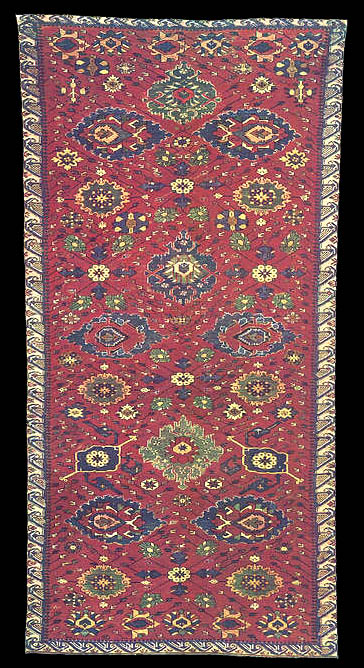Sheep Breeds of Azerbaijan
Shearing, Sorting, Washing, Carding, Spinning
"The advantages of handspun yarn to machine spun yarn"
Rediscovery of Ancient Natural Dyes
Mordants
Difference between synthetically and naturally dyed rugs
Weaving and Finishing Steps
Galleries of ARFP Caucasian Azerbaijani Rugs

